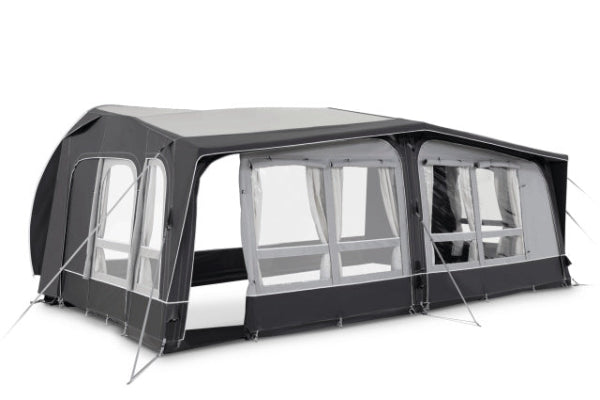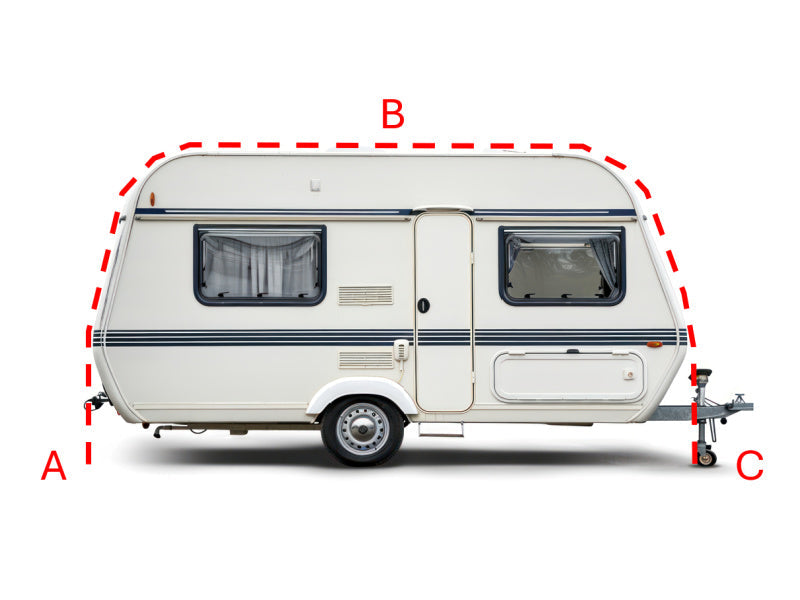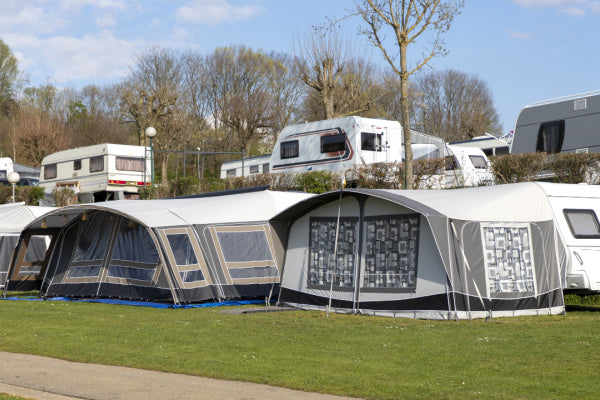How Long Can a Portable Power Station Run a TV?
Binge-watching during a blackout? Totally doable. A portable power station can run your TV for 2 to 24+ hours, depending on your setup. But which size works best for your screen time? Keep reading—we’re breaking down runtimes, TV types, and power-saving hacks you’ll actually want to use.

Power outages are happening more often. That’s why having a backup power source is no longer a luxury—it's practical. Portable power stations offer a quiet, easy-to-use solution for keeping essential devices running, including your TV.
But how long will a power station keep your TV going? The answer depends on several factors, including your TV's power usage, the capacity of your power station, and how efficient the system is. Below, we break it all down clearly.
Understanding Your TV's Power Appetite
Finding Your TV's Wattage (The Crucial First Step)
TV power usage is measured in watts (W). You’ll usually find this figure on the label at the back of your TV or in the user manual.
A smaller 32-inch LED TV might use around 30 to 40 watts. Larger models—like a 65-inch screen—could draw over 120 watts.
How TV Type, Size, and Age Impact Energy Use
Not all TVs are built the same. Newer LED models are more energy-efficient than older plasma screens.
Here’s a quick overview:
-
32" LED TV: around 30–40W
-
40" LED TV: around 50–60W
-
65" LED TV: 100–120W
-
OLED/QLED models: often 100–150W depending on brightness and resolution
The bigger and newer your TV, the more power it’s likely to use.

Don't Overlook Connected Gadgets (Soundbars, Game Consoles, Streaming Devices)
Your TV isn’t running alone. Devices like soundbars, gaming consoles, and streaming sticks also use electricity.
Even idle devices on standby can cause small but constant power drain. These extras should be factored in when estimating your total wattage.
Decoding Portable Power Station Specifications
Watt-Hours (Wh) vs. Watts (W): What Really Matters for Runtime
Wattage (W) tells you how much power your TV consumes at any given moment. Watt-hours (Wh) show how much energy a power station can store in total.
If a portable power station has 500Wh, it can theoretically power a 50W device for 10 hours—before adjusting for losses.
The Importance of Inverter Efficiency (And the ~85% Rule)
Most TVs need AC power, but power stations store DC energy. That means some of the energy is lost when converting from DC to AC.
Typically, the inverter runs at 80–90% efficiency. So a 500Wh power station really gives you about 425Wh of usable energy.
Always check your power station’s efficiency rating before doing the maths.
The Core Calculation: Estimating Your TV's Runtime
Simple Formula: Power Station Capacity (Wh) / TV Power (W)
Here's the basic equation to estimate runtime:
Runtime (hours) = Power Station Capacity (Wh) ÷ TV Wattage (W)
Then multiply that by 0.85 to account for real-world inverter loss.
Real-World Example Calculations
-
200Wh power station powering a 32" LED TV (40W):
200 ÷ 40 = 5 hours × 0.85 = ~4.25 hours -
1000Wh station with a 55" OLED TV (120W):
1000 ÷ 120 = 8.3 hours × 0.85 = ~7 hours
These figures help you plan around your viewing habits and available battery.
Factors That Can Shorten or Extend Runtime (Multiple Devices, Battery Health, Temperature)
Several things can reduce runtime:
-
Older batteries lose capacity over time
-
Cold weather can impact battery performance
-
Powering other devices alongside the TV
-
High screen brightness and extra features increase draw

Choosing the Right Power Station & Maximising TV Time
Selecting the Best Portable Power Station for Your TV Needs
Matching Capacity to Your Viewing Habits (Occasional vs. Extended Use)
If you're just watching an episode or two during a short outage, a small power station (200–500Wh) will do.
For longer blackouts or movie nights, look for 500–1000Wh. If you want all-day power or plan to run additional devices, 1000Wh+ is the safest bet.
Considering Other Devices You Might Want to Power
Think beyond your TV. A router, smartphone, tablet, or lights might also be plugged in.
Make sure your chosen unit has enough capacity to cover everything you want to use.
Future-Proofing: Is Bigger Always Better?
If budget allows, a larger power station gives you peace of mind. You’ll have more flexibility and room for new devices or unexpected needs.
Just keep in mind: more capacity means more weight and cost.
Practical Tips to Make Your TV Run Longer on a Power Station
Optimising TV Settings (Brightness, Eco Mode, Sleep Timers)
You don’t have to watch in total darkness, but dimming the screen helps.
-
Turn on energy-saving or eco modes
-
Lower screen brightness
-
Set sleep timers during breaks or if you doze off
Minimising Phantom Drain from Other Connected Devices
Unplug any accessories not in use. Even on standby, things like soundbars and consoles can slowly drain your power station.
Leveraging Solar Charging for Off-Grid Viewing
If your power station supports solar input, consider using a solar panel. This is ideal for camping, RVs, or long-term blackouts.
Solar charging lets you stay powered up during the day and watch at night.
Basic Power Station Maintenance for Optimal Performance
To keep your station in good shape:
-
Store it in a cool, dry place
-
Don’t leave it completely drained for long periods
-
Charge it every few months to preserve battery health
Other content you might like:
- How Long Do Portable Power Stations Last?
- Can You Run a TV Off a Portable Power Station?
- Can Portable Power Stations Be Used Indoors?
- Can Portable Solar Power Stations Work in Winter?
- Are Portable Power Stations Allowed on Planes?
- How Many Hours Will a Portable Power Station Last?
- Can You Leave a Portable Power Station Plugged In All the Time?
- Will a 1000W Inverter Run a Refrigerator?
- What Can a 150W Portable Power Station Run?
- How Many Batteries Do I Need for a 1000W Inverter?





Leave a comment